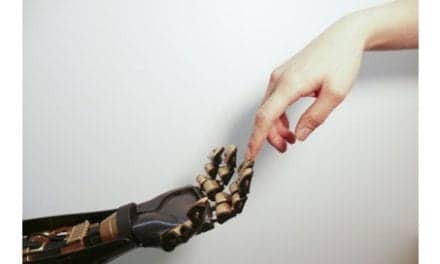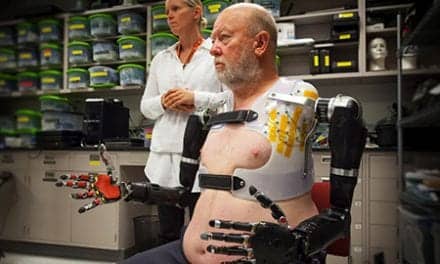According to recent research, two techniques in the placement of an implanted spinal cord stimulator (SCS) are anticipated to reduce common complications at the implant site. A news release notes that the research was conducted at the Center for Spine and Joint Restoration in Santa Monica, Calif. The case series centered on an advanced lead anchoring technique and the technology of using large single-port introducers, intended to enable placement of multiple neurostimulation leads through a single needle-point entry.
Daniel A. Fung, MD, lead study author, notes that the new approach is designed to address the two most common complications of SCS systems, which include lead migration and anchor pain.
“Some patients have simulators removed due to pain at the anchor site despite good coverage of their usual pain. Thus the decrease in anchor site pain should help decrease the need for spinal cord stimulator revisions or removal,” Fung adds.
The case series reportedly encompassed 3 patients. The SCS implantation took place by means of a large single port introducer, called the Epiducer Lead Delivery System. The system was used to place various arrays of lead combinations, including slim paddle electrodes to the target areas, researchers say.
The release notes that all 3 patients were successfully implanted and presented no immediate complications. Researchers say following initial post-operative visits, the patients were evaluated every few months for at least 1 year. The results suggest that all achieved good stimulation of the pain location that led to reduce pain complaints. The researchers add that the improvements were sustained on follow-up with no complications observed and no evidence of lead migration or implant discomfort.
The study’s findings were presented at the 29th Annual Meeting of the American Academy of Pain Medicine.
Source: American Academy of Pain Medicine




